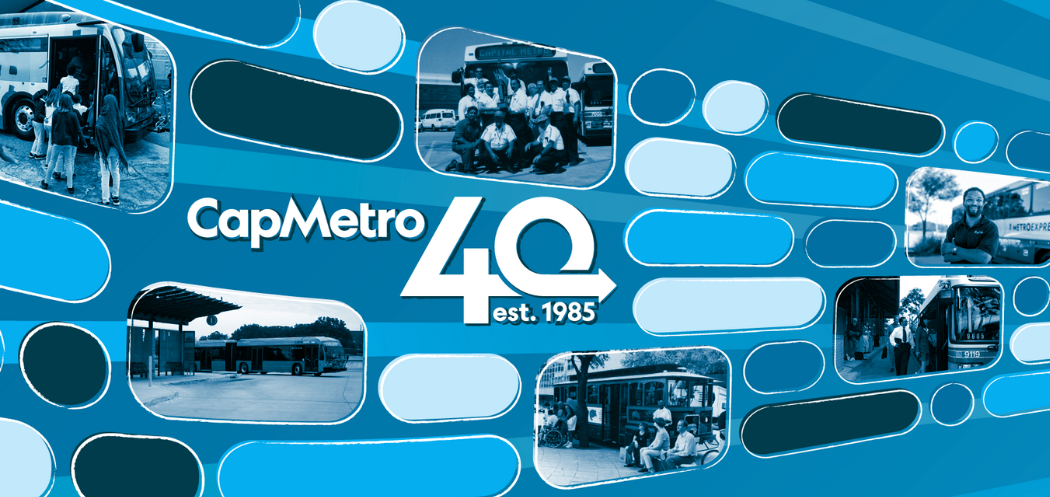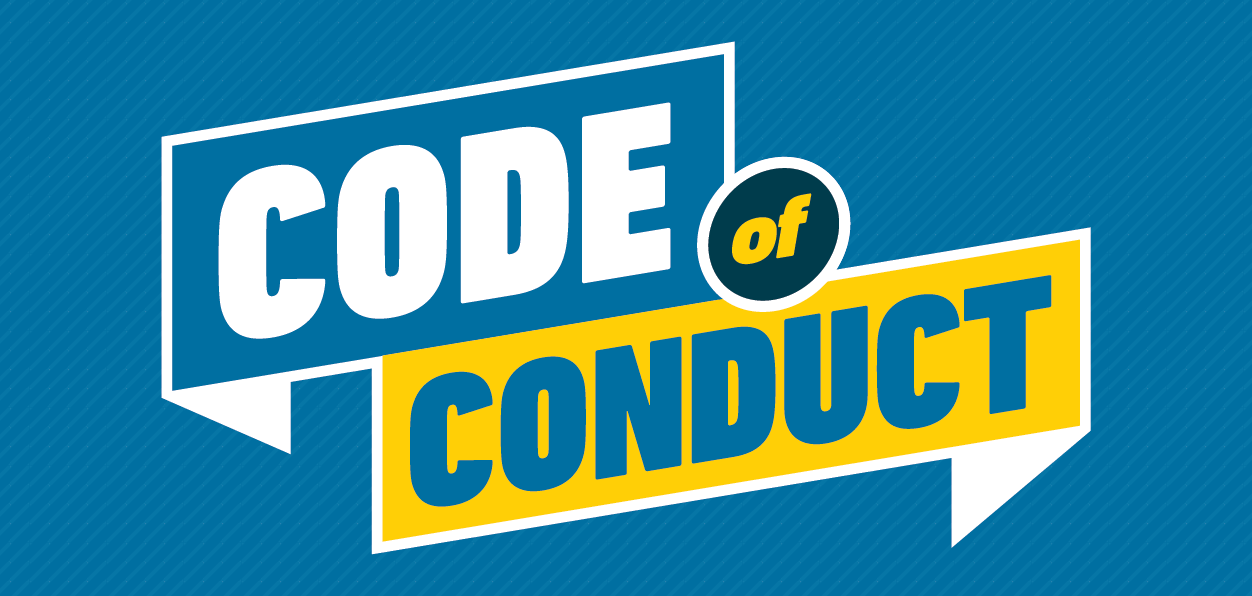Taking Steps to Improve Service
Our CX Plan includes Action Steps we’re taking to improve service in three areas—Frequency and Reliability, Fares and Rules Enforcement and the CapMetro Phone App.
Frequency And Reliability
Our aim is to get you to your destination on time, every time.
Rules and Fares Enforcement
We’ve created new initiatives to ensure a safe and enjoyable experience onboard and while at stops and stations.
CapMetro Phone Apps
CapMetro replaced its legacy app with Umo and the Transit app —making it easier than ever to pay for and plan your ride.

Contact Us
We want to hear from you! Our staff collects customer input from a variety of sources, and no comment or suggestion is too small. Learn all the ways you can make your voice heard.
Related News

Celebrate 40 Years of CapMetro
Thank you for supporting and riding CapMetro for the last 40 years. Take a journey through CapMetro's history here.
.png?sfvrsn=11612b0e_0)
CapMetro's Strategic Plan 2030
CapMetro's Strategic Plan 2030 showcases the long-term priorities for our agency. Explore the plan here.

Code Of Conduct
We have updated our Code of Conduct. View the guidelines and learn more about how to maintain a safe and enjoyable transit experience with CapMetro.